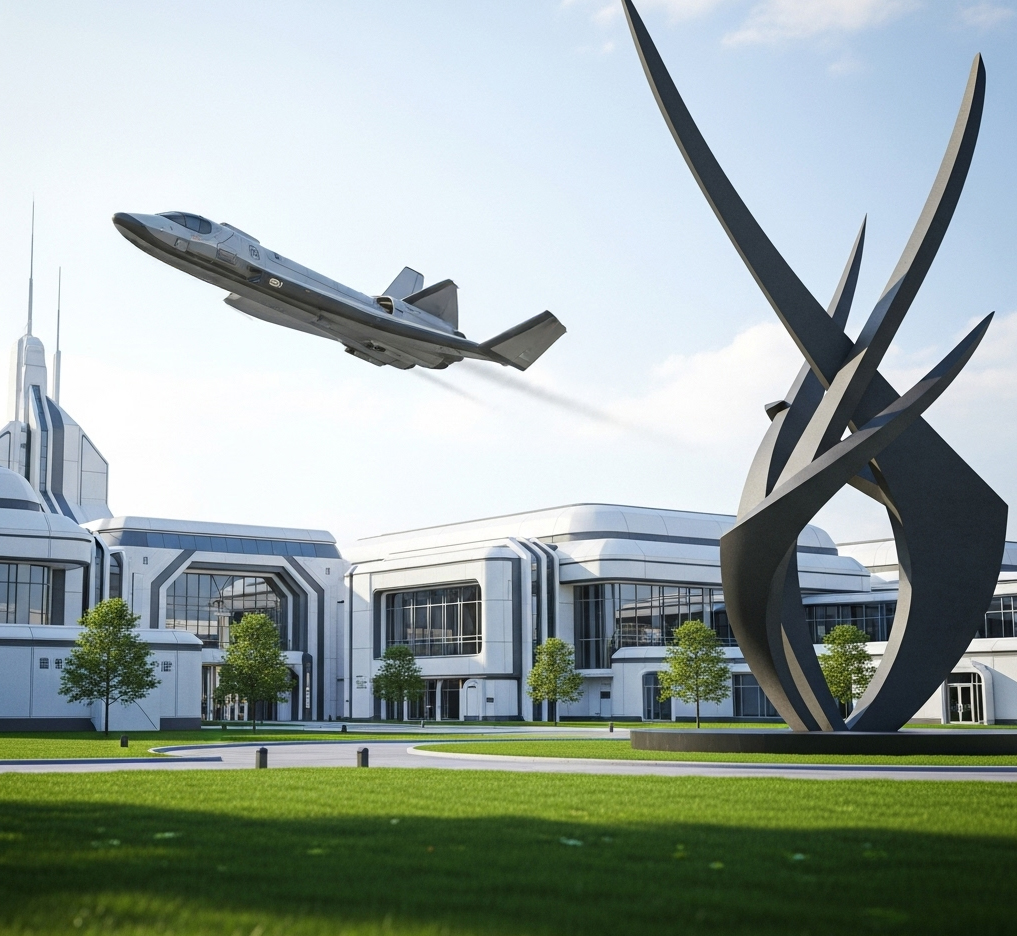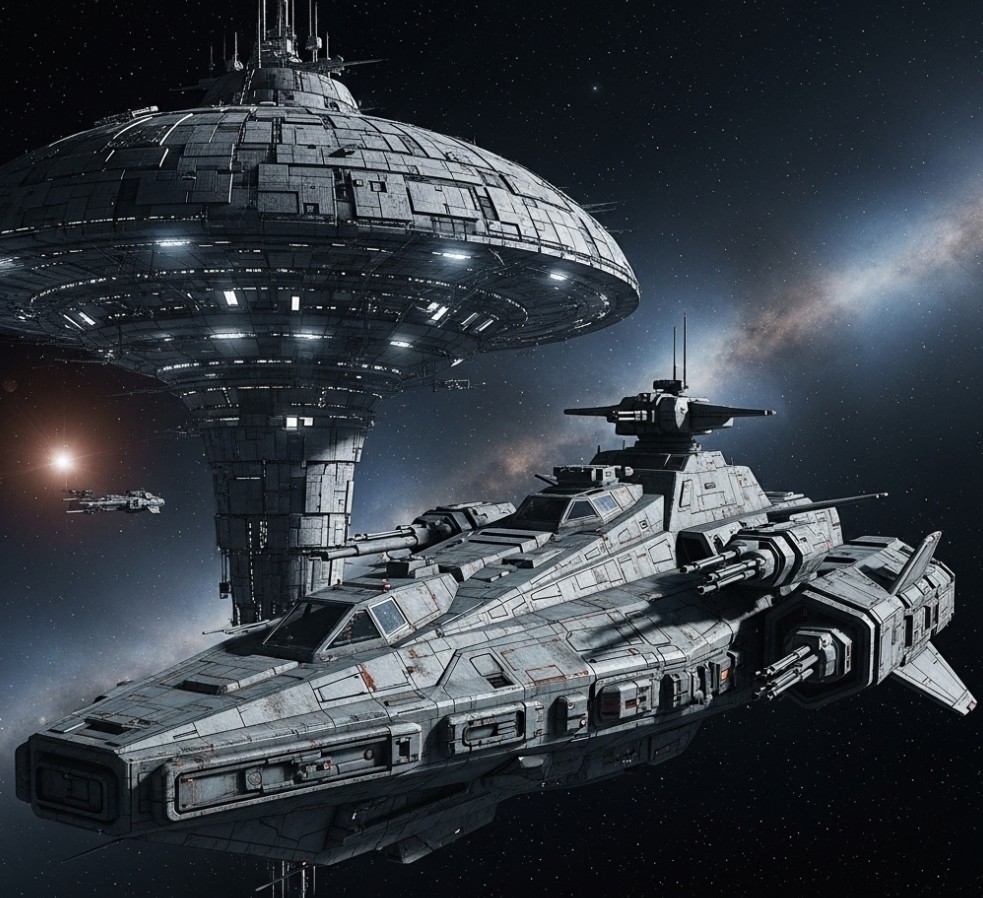When I began writing Fleet of the Forgotten, I knew I didn’t just want to tell a story…
I wanted to build a universe readers could lose themselves in. From the halls of the ISA fleet academy, to humanities largest space station, The Forge, crafting immersive worldbuilding meant layering every scene with cultural depth, political intrigue, and scientific plausibility. In this behind-the-scenes post, I’ll take you through the creative choices, research, and design challenges that helped bring this complex universe to life, and how I balanced the grand scale of space opera with the intimate struggles of the people living in it.
In the world of Fleet of the Forgotten, wealth isn’t just power – it’s inheritance. I built a universe where the only escape from poverty is through the military, and even that comes at a cost. It’s not just about space battles, it’s about the people trapped between survival and sacrifice.
Worldbuilding in Fleet of the Forgotten began with a single driving question: what would the world look like if our current trajectory of wealth disparity continued unchecked into the future? I wanted to build a society where economic class had hardened into a near-caste system, and opportunity was no longer a right, but a privilege passed down like a family heirloom. In this universe, refugee camps dot the landscape of even wealthy nations, and the only escape from poverty for many, like our protagonist Ryan, is to enlist in the ranks of the ISA Fleet. Layered on top of this social backdrop is the structured, hierarchical might of the Interplanetary Security Alliance, a multinational military body with its own complex culture, politics, and ambitions.


To make this future feel grounded and believable, I drew heavily on the real-world military history of the early 20th century. Uniform styles, ship classifications, and even some of the operational doctrines all echo lessons learned in World War I and II. That said, I also incorporated modern military aesthetics, especially naval architecture, from my own time working aboard an aircraft carrier. The cold steel corridors, the smell of oil and machinery, and the camaraderie forged in tight quarters all found their way into the DNA of Fleet of the Forgotten. It’s this mix of gritty realism and imaginative extrapolation that I hope gives the world its authentic, lived-in feel.
The biggest challenge, of course, was that we have no real-world blueprint for life in deep space or first contact with alien civilizations. While the military elements could be rooted in personal experience and history, the rest – such as space battles, interstellar travel, and entirely new alien cultures – had to be created from scratch. I leaned on the legacy of classic science fiction for inspiration, but always tried to ask: how would real people react to the extraordinary?
Wrapping Up…
Whether it was designing the alien ships or imagining the day-to-day life aboard a station like the Forge, every detail had to feel plausible in a way that enhanced the emotional weight of the story. At its heart, this isn’t just a tale of war among the stars… it’s about the individuals caught in between.
Leave a Reply
You must be logged in to post a comment.